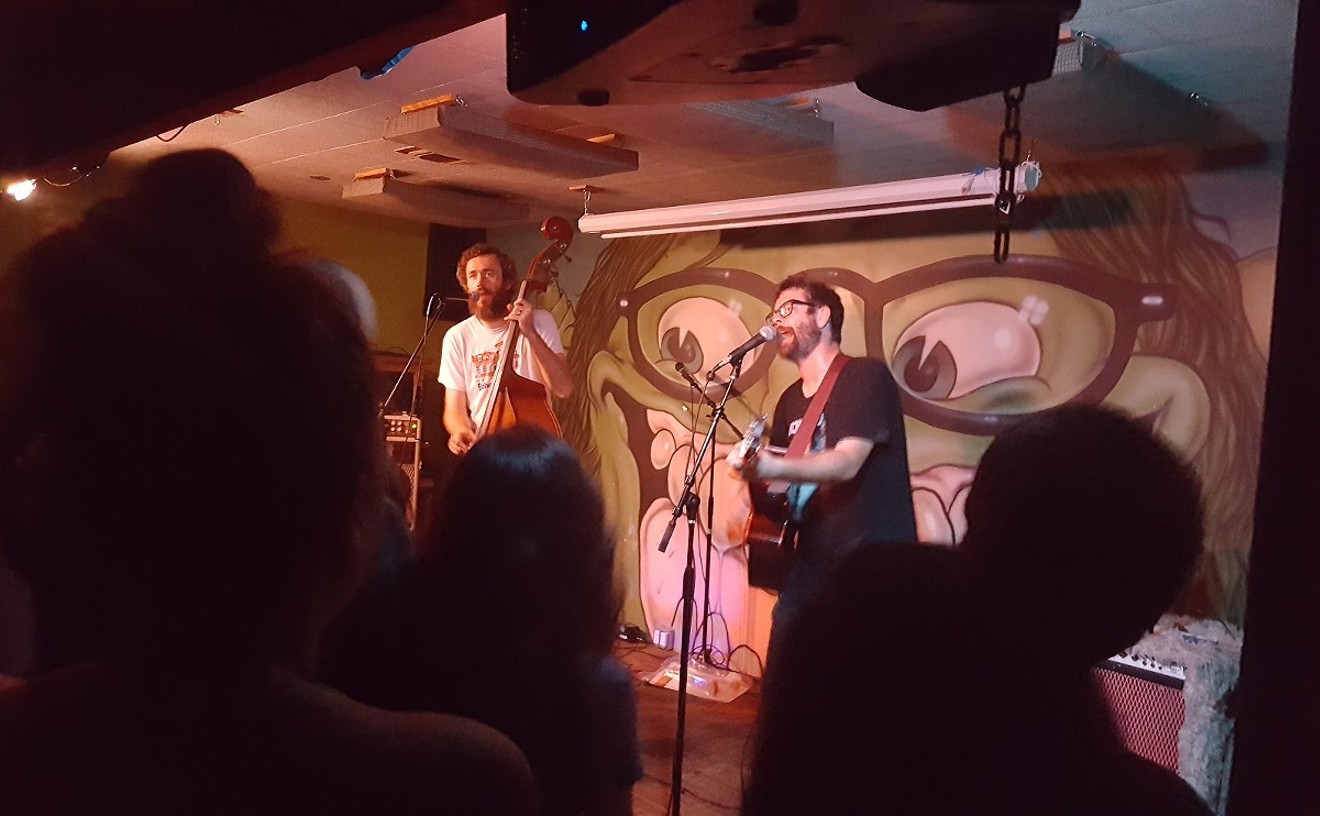Wagener's new exhibition, "Terrain," at Bentley Projects features several of her rural scenes as well as five new pieces based on the sky and light.
Early in her career, the Iowa native began drawing the scenes around her in the Midwest, noting the changing of the seasons, crop rotations and the cycles of nature. There is little or no evidence of humans in the work.
But when Wagener moved to Arizona two years ago, that changed. Drawing from memory the scenes she previously had before her, Wagener continued to depict Iowa. The new landscapes are almost mythical images of a place she no longer inhabits.
Then she discovered Arizona. Scouring the outskirts of Phoenix for open fields, Wagener found farms and vineyards similar to their Midwestern counterparts. But the thing that made these scenes interesting was the sky above and the accompanying dust storms, monsoons and forest fires.
Wagener's interest in Arizona's agricultural history surprised her. "Phoenix is really a garden in the desert," she says. "Cotton, citrus, roses, flower farms on Baseline, all this farming has a long history here. Cotton farming began during World War I when they realized Pima cotton -- normally imported from Egypt, which was then cut off from the Allies -- could be grown in this desert. The landscape here, though, is not controlled. And the sky is constantly changing with dust storms, monsoons, sunsets."










